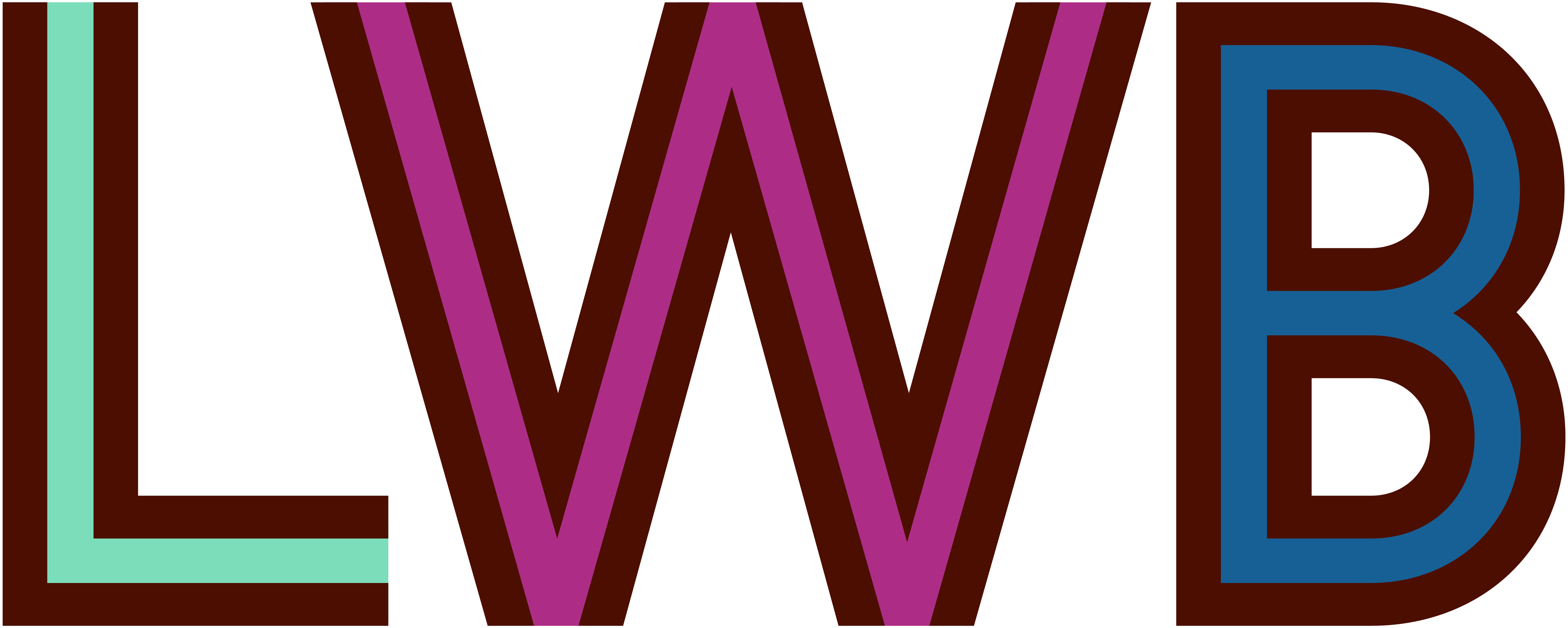Our CEO, Amy Eldridge, recently returned from visiting our programs in India and Cambodia. She had the opportunity to visit not only our school programs but also the landfill where over 78 of our students live and work in an environment most of us can barely imagine.
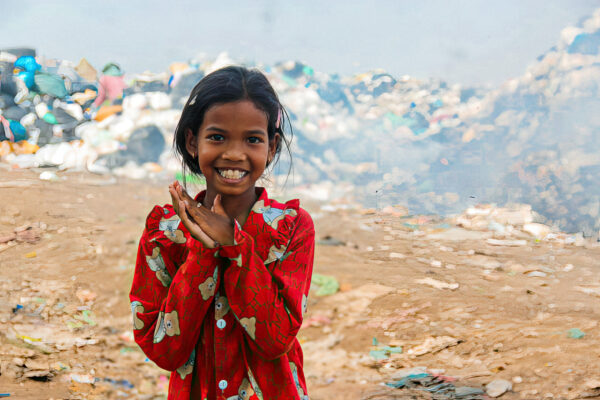
Can you tell us about the situation on the ground at the landfill in western Cambodia?
Amy Eldridge: I first visited the landfill along the border with Thailand in 2016, and nothing could have properly prepared me for what I was going to experience. As we approached the dumpsite, I could see mountains of garbage in the distance, and soon an overwhelming smell of decay filled the air. The fumes from the sewage and decomposing waste were so intense that it was difficult to breathe.
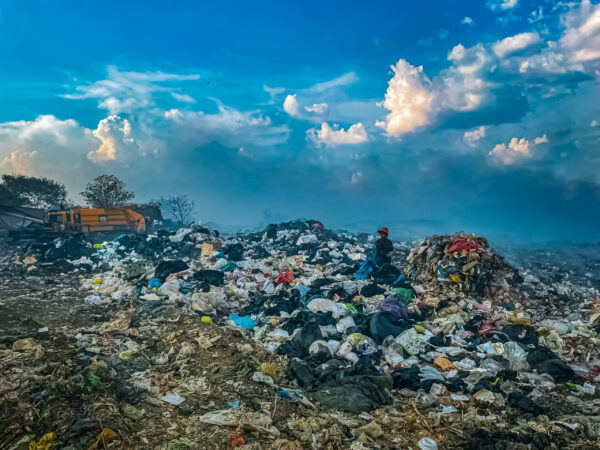
As we began to walk deep into the landfill, my shoes picked up mud mixed with rotting food, medical waste, and hypodermic needles. Surprisingly though, it was the sound of the landfill that overwhelmed my senses the most, as masses of black flies swarmed and hummed around me.
I only had a brief moment to take it all in, however, before we turned a corner and saw the children who call the landfill their home. Beautiful, amazing children who I soon learned worked up to 14 hours a day, picking through the mounds of waste to find recyclables to sell. I’m sure you can imagine how hard it was to take in.
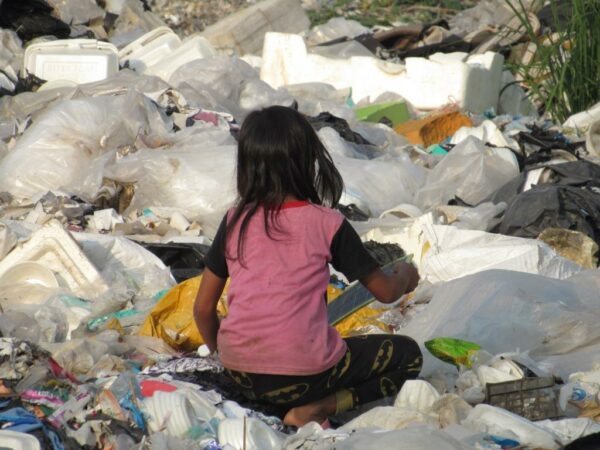
I know we hear the term “cycle of poverty” frequently, but at the landfill that day, it was on full display. After learning that all of the children living there were unschooled, we knew we needed to create a program to invest in their education. The results of that project have been truly remarkable.
What has changed about the landfill since the pandemic?
Amy Eldridge: As everyone knows, COVID turned the world on its head for three years. For families in Cambodia who were already living in immense poverty, the pandemic caused widespread job loss for daily wage earners, leading to intense food insecurity and hunger. Without social safety nets, many families lost everything and became increasingly desperate.
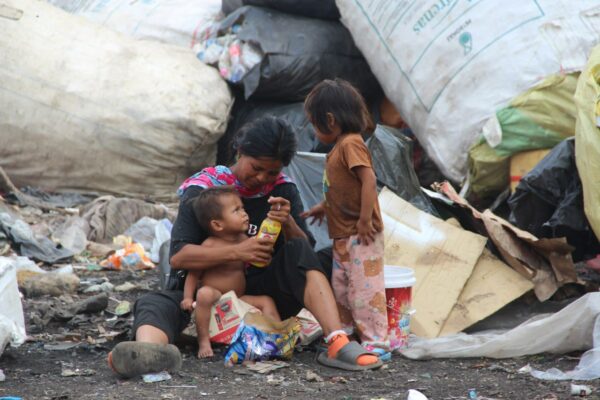
Since 2020, the landfill site has continued to grow in size as vulnerable families with nowhere else to go have cobbled together tiny shelters made of corrugated metal and plastic sheeting.
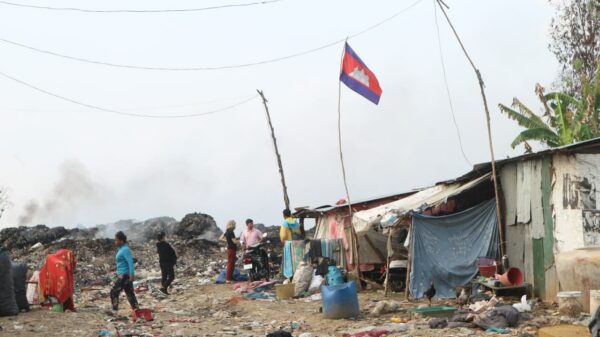
It is truly a last refuge for so many families who comb through mountains of fresh refuse each day, deposited by a continual stream of rumbling garbage trucks.
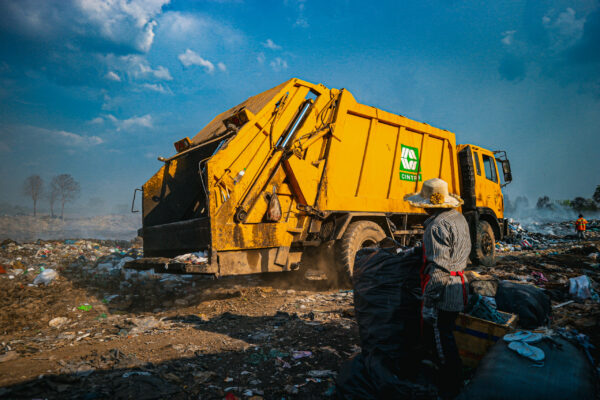
Sadly, on my visit last week, I learned that the dumpsite has been on fire for the last four months, making the environmental situation for the children living there even more hazardous than before.
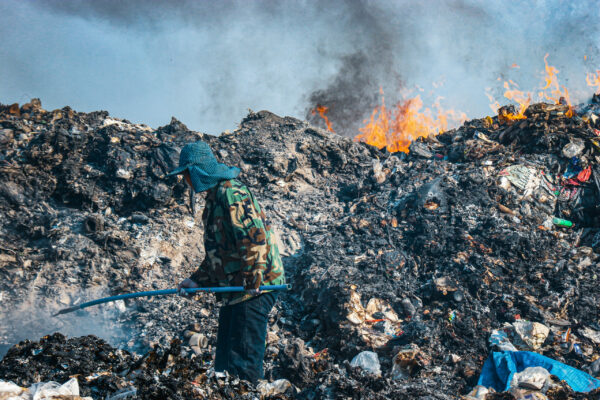
Everywhere I looked there was thick black smoke, and I knew that toxic chemicals, such as dioxins and heavy metals, were filling the air. Within 15 minutes of being at the landfill, I could feel my lungs begin to hurt…and still, even a week later, I feel short of breath. No child should have to grow up in such a setting, and I left Cambodia knowing that our landfill program was more critical than ever.
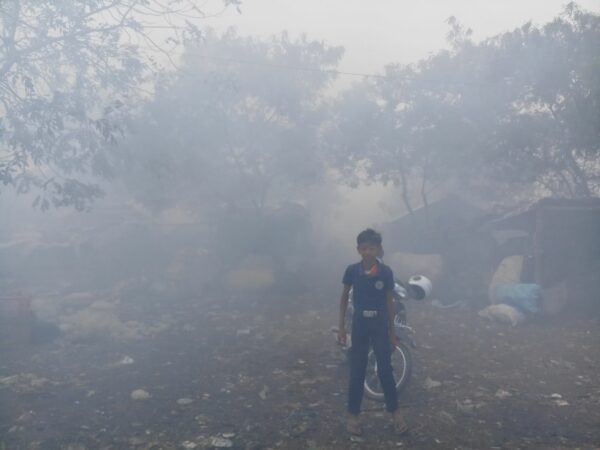
Why have so many of the kids living there not gone to school before? Are there other educational opportunities for them besides the help of LWB?
Amy Eldridge: I think it’s very important to acknowledge that most of the parents living at the landfill site are illiterate, having grown up in immense poverty. As we have had buy-in meetings with the people living there, it’s become clear that when you live in that degree of insecurity, you prioritize the immediate needs of your family, such as food, clothing, and shelter, over something like education. It is not uncommon in Cambodia for children to be made to work in order to contribute to the family income.
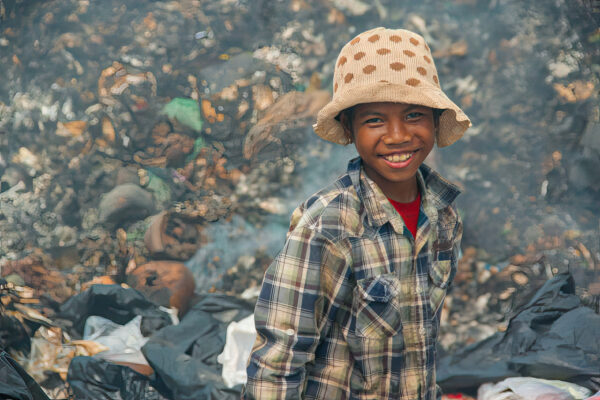
I think you’d agree that if any of us had to decide between buying rice to feed our hungry children versus purchasing a school uniform, we know what we’d decide. So, it is very common for new families moving to the dumpsite to arrive with children who are 8-14 years old who have never set foot inside a school before.
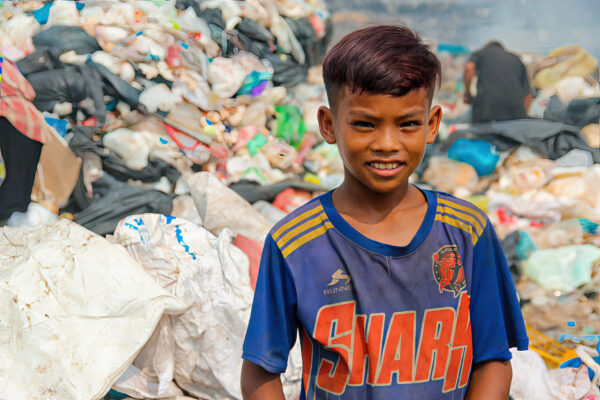
While the Cambodian education system has undergone significant improvements following the devastation of the Khmer Rouge regime, there are still many challenges to education in the rural regions of the country. For example, on this most recent trip, I visited several villages where none of the children are attending school because no government facility is within a safe distance and no teachers are willing to travel to such a remote area.
For children at the dumpsite, whose families are landless and have only built temporary shelters in which to live, there is no government school nearby. We employ several “bus drivers” from a larger village to pick up the 78 children from the landfill who come to our school each day. Without that vital transportation, these kids would have no opportunity to attend primary school.
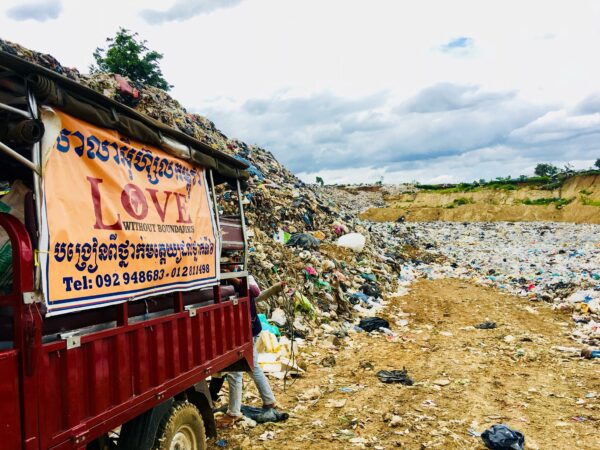
What are the goals for this program, and what can we hope to see in the future?
Amy Eldridge: We have very specific goals for this project, which is serving children from infancy to college.
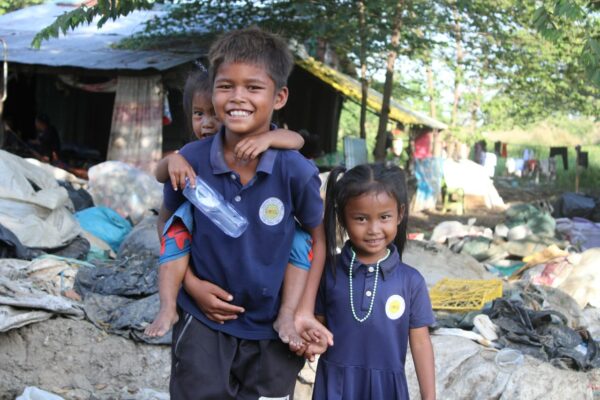
Providing quality education was the original intent of the project, with the ultimate goal of lifting children out of poverty. Specifically, however, we focus on building a strong foundation of reading, writing, and mathematics with the children at our Believe in Me program.
Over the years, we have added art, music, and computer skills to the project. While much of Cambodian education features rote memorization, our schools also concentrate on fostering creativity and critical thinking.
Another goal of our education project involves social and emotional development, as this is a community of children who are often looked down upon. By bringing the children from the landfill into our school program, we are teaching them and the children from Rangsei village essential life skills such as teamwork, communication, and empathy.
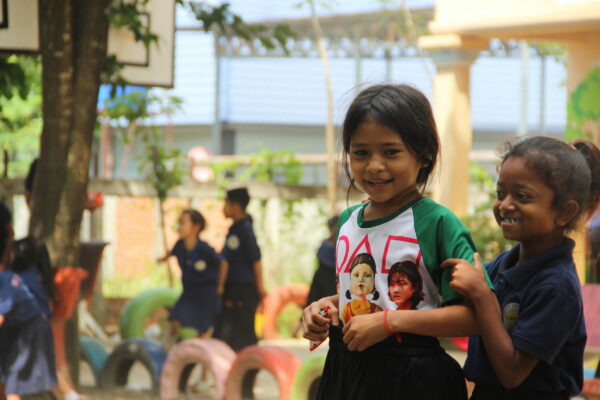
When we learned that infants at the landfill were experiencing health issues, malnutrition, and even mortality, we began bringing the babies and toddlers to our Early Childhood Development Center. Specific goals include physical health through quality nutrition, as well as improved cognitive and language development. Goals for the nutrition aspect of the program include providing access to nutrient-rich foods and making sure that children have access to meals on the weekends as well. We also focus on educating families at the landfill on the importance of a healthy diet.
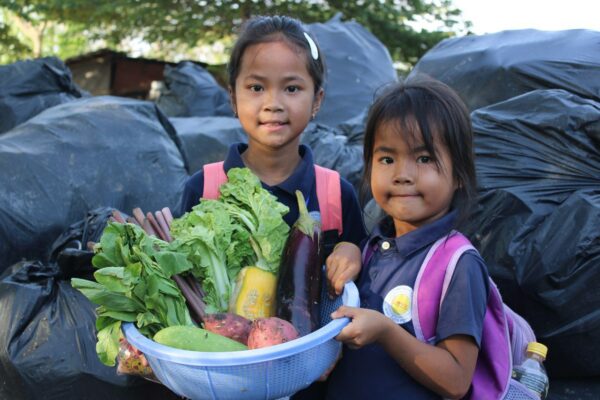
As I mentioned earlier, there is no sugarcoating the fact that these children are living in a very difficult, often toxic environment. The medical portion of this project has the goal of providing access to regular check-ups for the children at school and then quick and effective treatment for the childhood health issues that are frequently seen. There has been a strong correlation with improved physical health through the nutritional and medical aspects of this project.
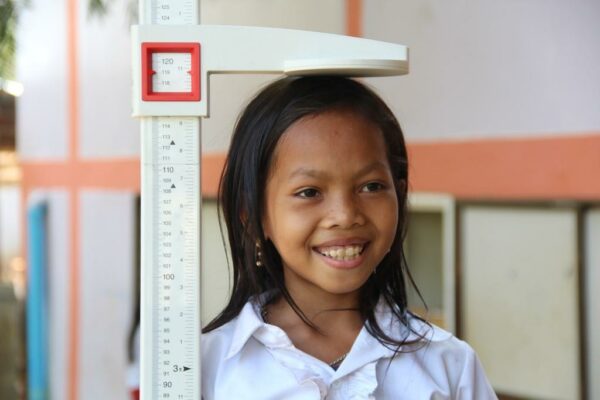
As far as what our supporters will see in the future, I am confident that with each passing year, an increasing number of children will become the first in their families to graduate high school and then head to university. It fills my heart with so much hope.
I am also confident that the chronic malnutrition and stunting that we see now in the children who have joined this project at an older age will be prevented in any new children who join this comprehensive program as babies and toddlers. These are impacts that will change both their physical and cognitive health long-term.
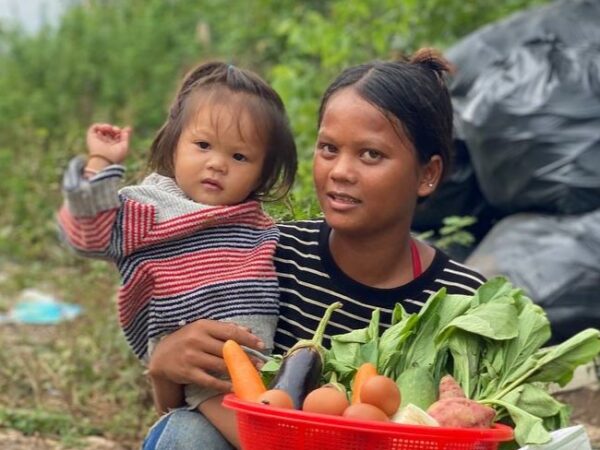
The total cost for this project isn’t small, at $62,000 per year. Can you explain what is included in the landfill program?
Amy Eldridge: LWB’s program for children living at the landfill is truly comprehensive, and while we promote it primarily as an education project, the nutrition and medical components are just as critical to its impact. The cost per child for this program is about $750 per year (about $2 per day per child), but the enduring benefits for the children are worth so much more than that.
I’ll run through some of the daily schedule to help people best understand what is included.
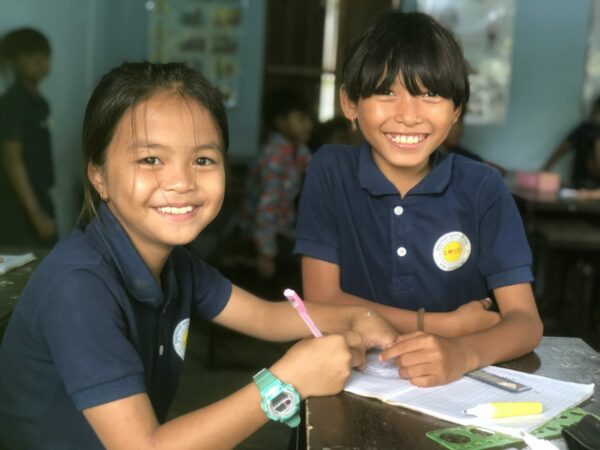
Every weekday at 5 a.m., our tuk-tuk drivers head out to pick up the children from the landfill. It takes them about 45 minutes each way (longer in the rainy season), and so pick-up time for the children at the dumpsite is just after 6 a.m. I know my own children would have absolutely groaned about a 6 a.m. school pick-up time, but the children at the landfill are excited each day, dressed and ready to go, for this opportunity to go to school. It’s easy to see how much this program means to these kids! Providing safe transportation in the mornings and evenings (in a region known for trafficking) is part of our annual budget.
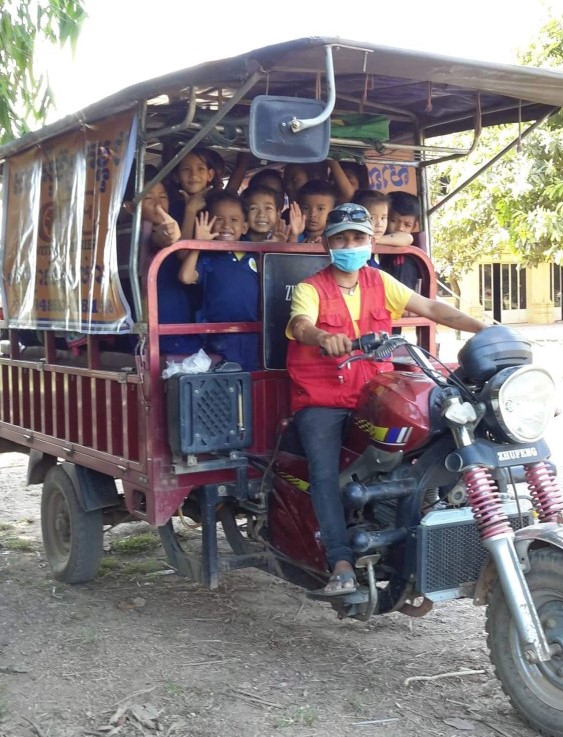
Also at 5 a.m., our kitchen house staff at Rangsei Village are already up, preparing a nutritious breakfast for the children from the landfill to be served shortly after the kids arrive. The children receive a healthy, hot lunch each day at school as well, so food costs are included in the budget.
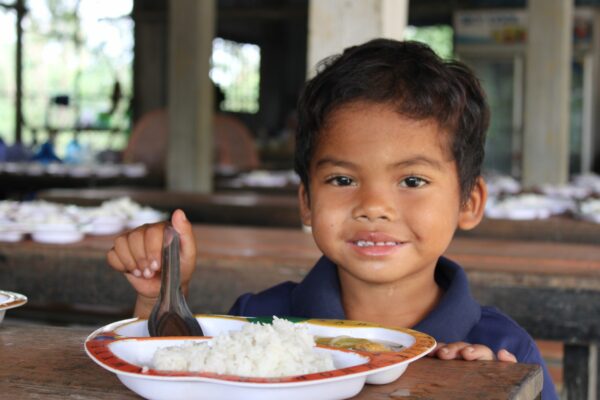
Nutrition costs also include baby formula and bottled water for infants at the landfill whose mothers are unable to produce enough milk for their babies. (Breastmilk is always best, but the reality is that some mothers are undernourished or unable to breastfeed). In those situations, we provide safe, high-quality infant nutrition to the families to ensure the baby’s health.
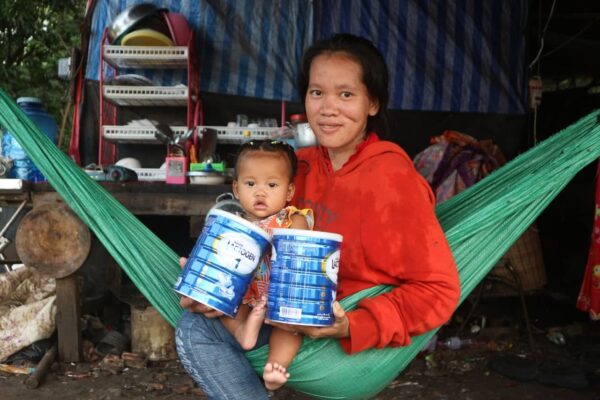
We were deeply saddened to learn that some children were eating directly out of the landfill waste bags. Because so many of the children were going hungry on the weekends when school isn’t in session, we send home boxes of vegetables, fruits, and eggs with the children. The children’s weekend food is also part of this project.
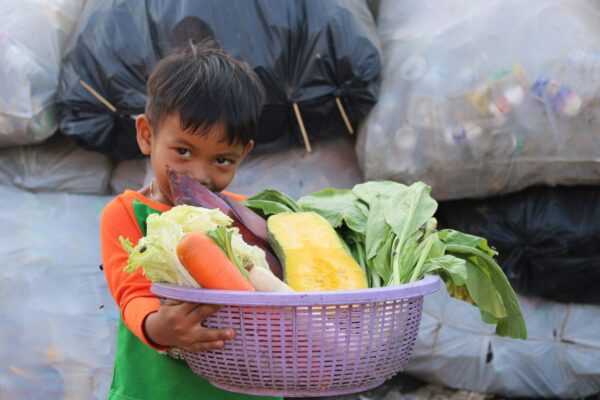
Of course, the annual budget includes the children’s education costs, such as teachers for our Catch Up class, school supplies, uniforms, backpacks, etc. It also includes the teachers and nannies in the Early Childhood Development Center as well. For the children who are in middle and high school, we provide bicycles and necessary school fees.
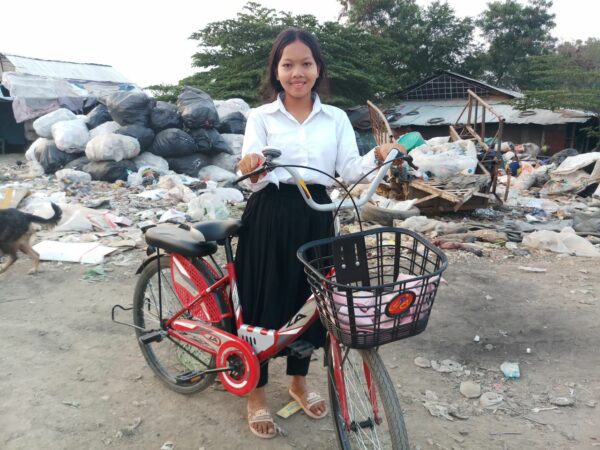
Finally, there is the medical component of the program, which is covered by an LWB medic who is able to quickly provide any needed pediatric care. This care includes everything from lung infections and GI issues to injuries and cuts the kids might sustain as they help their parents search for recyclables. Our medic can do stitches, infection control, etc. to ensure that injuries and illnesses don’t progress to a truly dangerous stage.
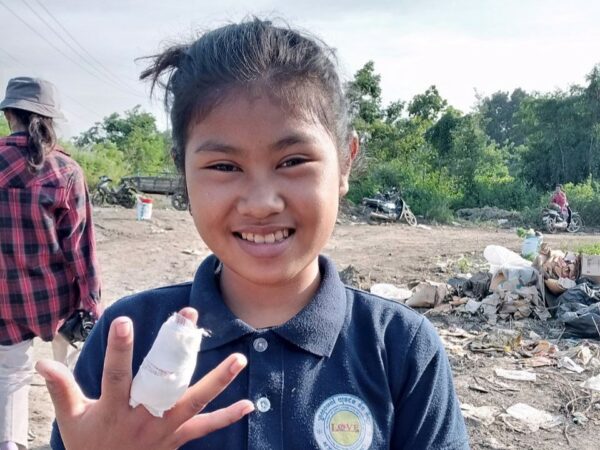
When I think about everything that is included for the kids, from schooling to hot meals to medical care, the $2 cost per day is a very fair amount for the long-term impact we are seeing.
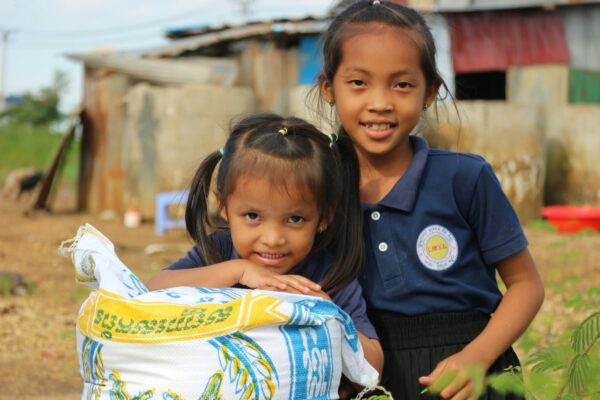
For people who want to get involved in supporting this project, can you describe the difference that LWB’s holistic program is making in the lives of these children and their families?
Amy Eldridge: Well, having just been on the ground there last week, I can assure anyone with complete confidence that your investment in this project will make an enormous difference for the children. There are so many things I see happening that I wish I could fully convey to our supporters.
For example, let’s just think about the babies who are being born at the landfill site. Before our involvement, many of the infants were failure to thrive or even sadly passed away. But since our Early Childhood Development Center (ECDC) has started for the babies here, infant health has drastically improved and infant mortality is now at zero. That alone is something wonderful to celebrate.
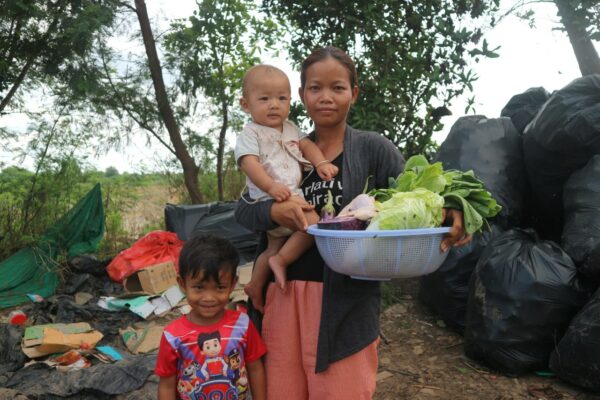
I also want people to know just how excited and happy the children are to now be enrolled in school. It was incredible to ask the kids on my visit, “Raise your hand if you are now in school” and to see all the children laugh and throw their hands up high.
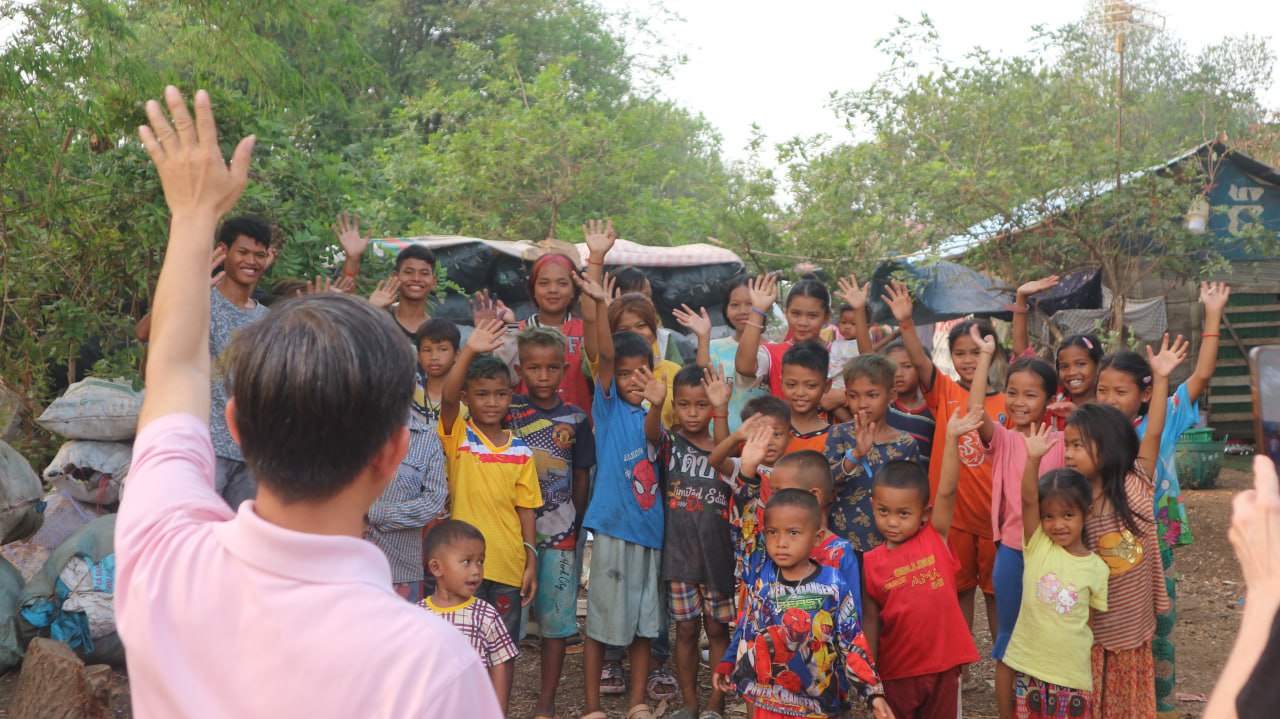
They excitedly told me their grade levels and what they were studying, and there isn’t any way to fully express what a difference it makes in someone’s life when they finally learn to READ.
With that ability, then anything they ever want to learn is open to them.
With that ability, they are far less vulnerable to the tragic realities of trafficking or abuse.
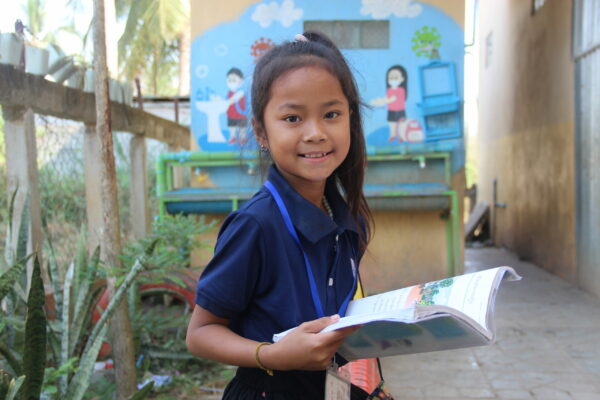
On my visit, I met with Leona and Luka, two of the students at the landfill who are getting ready to graduate high school in a few months. Just think about that accomplishment! When we first got involved in their lives, they were embarrassed to even think about starting school at an older age, since they didn’t know how to read. Now, they are scoring at the top of their classes in grade 12 and will soon sit for the Cambodian college entrance exam.
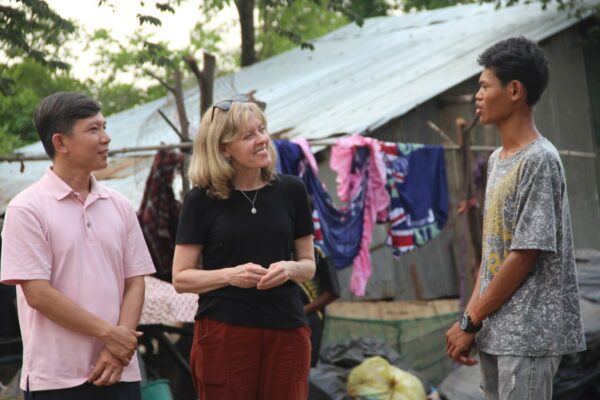
Luka (in the above photo) wants to be a teacher, and Leona (below) wants to be a software developer. We hope to support them both with our Cambodia College Scholarship program. In the coming years, they will have the ability to move their families away from the landfill…and that is a generational change that will impact both them and their families long into the future.
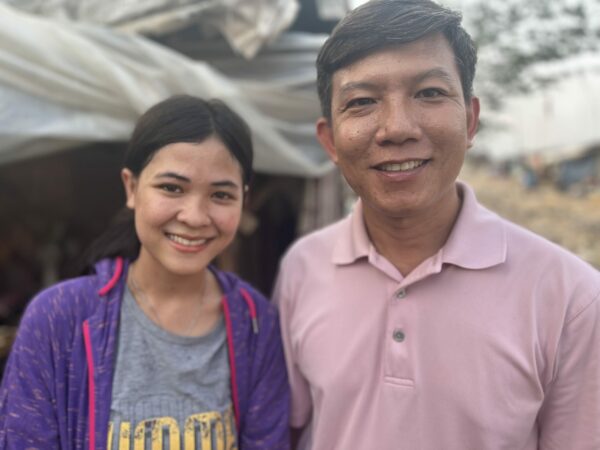
Do you have anything else you want to share about the landfill project?
Amy Eldridge: The final thing I would like people to consider is something I realized on my last day in Cambodia. It was Khmer New Year, and we held a school party in Rangsei Village to celebrate. All of the children from the landfill came, and I was standing outside the school as their tuk-tuks pulled up.
Their excitement that day was palpable. I got to see them perform Khmer dances on stage and watched them laugh and play with their classmates throwing white powder over each other, which is the holiday tradition. As the party ended, we asked whether they had enjoyed the day. A group of the older kids said, with their faces absolutely lighting up, “This was the best day of our lives.”
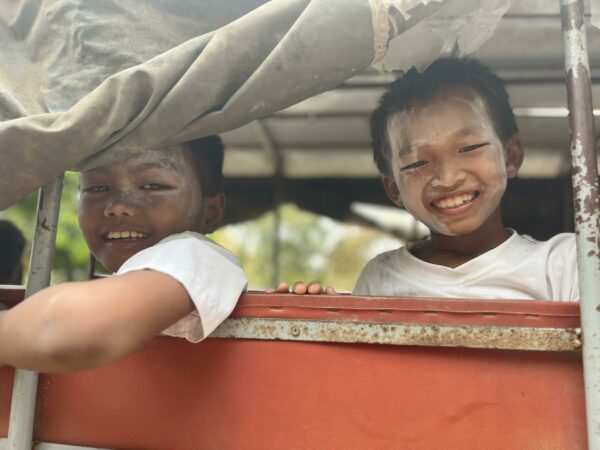
What I realized as I watched them pile into the tuk-tuks to head back to the landfill is that this important project is of course providing education, nutrition, and medical care. But it is also giving these kids a gift a lot of us might take for granted.
They are getting a childhood…and how priceless is that?
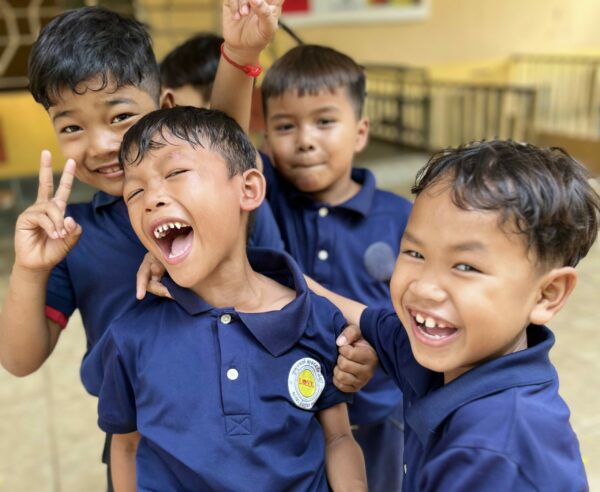
Yes, they still live and work at the landfill, to help their families survive. But for eleven hours a day, Monday through Friday…they get to put that aside to head to our beautiful Rangsei School campus, where they get to simply be kids.
They get to experience the joy of learning, the fun of recess at the playground, and full tummies from hot, healthy meals.
And they get to hear the message from LWB, each and every day, that their lives are important.
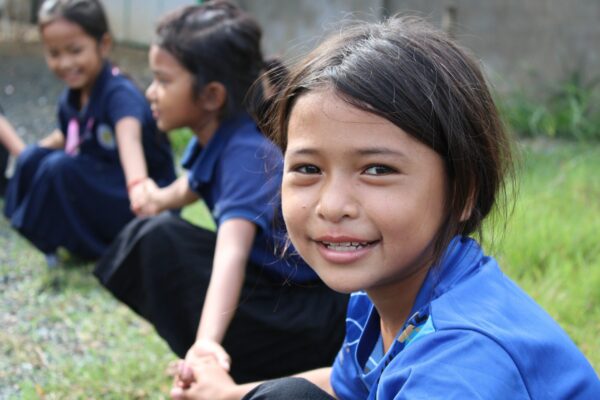
These amazing, resilient children, whose entire world before was the harsh realities of a landfill, now fully believe that they deserve to dream.
Search
Categories
- Adoption
- Cambodia Programs
- China Programs
- Education
- Foster & Family Care
- Guatemala Programs
- Medical Care
- Nutrition
- Special Projects
Tags
20 Years of Hope adoption Amrita Hospital Beijing Believe In Me Believe In Me School Cambodia cardiac surgery charity children's charity China China Healing Home cleft cleft lip cleft mission cleft palate cleft surgery College scholarship COVID domestic adoption Early Childhood Development Center Education Foster Care Guatemala healing home Heartbridge heart defect heart surgery Hope Foster Home India international adoption landfill Love Without Boundaries malnutrition Nutrition orphan orphanage poverty Rangsei sponsor a child Story of Hope Uganda Uganda Heart Institute Unity Initiative VSD
